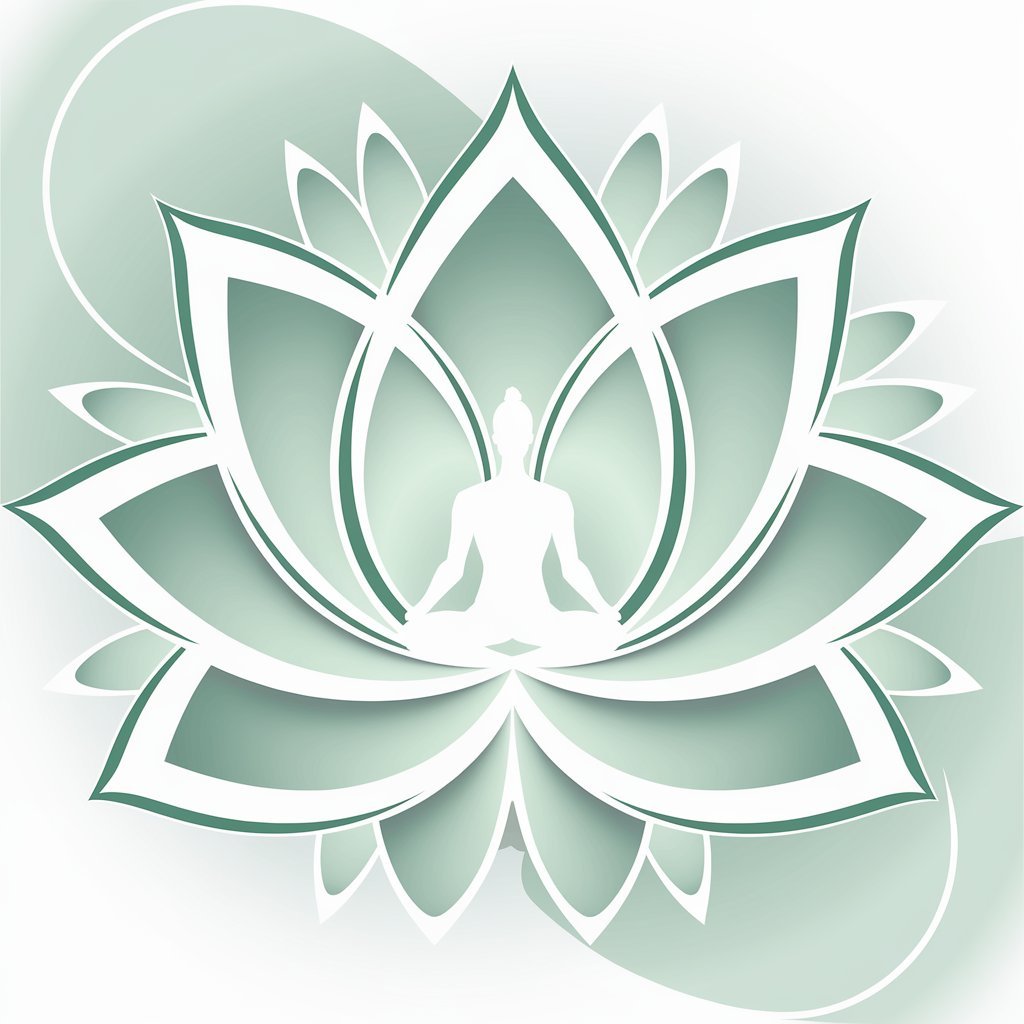Mantra Yoga is a deeply spiritual practice with ancient roots that have been passed down through generations. This form of yoga uses the power of sound and vibration to calm the mind, uplift the spirit, and foster a connection with the divine. In this article, we’ll explore the history and meaning of Mantra Yoga, discuss various ways it is practiced, and offer a step-by-step guide to help you begin your own journey with this transformative practice.
A Brief History and Meaning of Mantra Yoga
The word “mantra” comes from two Sanskrit words: “manas,” meaning “mind,” and “tra,” meaning “tool” or “instrument.” Together, they create “mantra,” a tool designed to focus and calm the mind. Mantras are sacred sounds, words, or phrases believed to hold spiritual power. For thousands of years, they have been used in spiritual practices, particularly within Hinduism and Buddhism, to connect with higher consciousness, seek protection, or invoke blessings.
What Is Mantra Yoga?
Mantra Yoga, also known as Japa Yoga, involves the repetition of mantras to achieve a meditative state and spiritual growth. This practice dates back to the Vedic period in ancient India, where sages and practitioners used mantras to transcend the physical world and connect with the divine essence of the universe. Mantras were seen as a bridge between the human and the divine, a way to channel divine energy and wisdom.
How to Practice Mantra Yoga: A Step-by-Step Guide
Mantra Yoga is accessible to everyone, regardless of their experience with yoga or meditation. Here’s a simple guide to help you get started:
- Choose Your Mantra:
Start by selecting a mantra that resonates with you. Common mantras include “Om,” “Om Namah Shivaya,” or “So Hum.” You may also choose a personal mantra given by a teacher or one that holds special meaning for you. - Find a Quiet Space:
Choose a calm and peaceful environment where you won’t be disturbed. Sit comfortably, with your spine straight and your hands resting on your knees or in your lap. - Set an Intention:
Before you begin, set a clear intention for your practice. This could be a desire for inner peace, clarity, or spiritual growth. Keep this intention in mind as you start your mantra repetition. - Begin Chanting:
Take a few deep breaths to center yourself. Then, start repeating your chosen mantra. You can chant it aloud, whisper it softly, or repeat it silently in your mind. Let the sound and vibration of the mantra fill your awareness. - Use a Mala (Optional):
If you like, you can use a mala—a string of 108 beads—to count your repetitions. Hold the mala in your hand, using your thumb and middle finger to move from one bead to the next with each repetition. This helps you stay focused and ensures a set number of repetitions. - Focus on the Sound:
As you chant, focus on the sound and vibration of the mantra. If your mind starts to wander, gently bring your attention back to the mantra. The repetition helps quiet the mind and deepen your meditation. - Conclude Your Practice:
After completing your repetitions, take a few moments to sit in silence. Reflect on your practice and notice any changes in your mental or emotional state. Offer gratitude for the experience before concluding.
Benefits of Mantra Yoga
Mantra Yoga offers a wide range of benefits that extend beyond your meditation session:
- Mental Clarity: Repeating a mantra clears the mind of distractions, promoting clarity and focus.
- Stress Relief: The soothing vibrations of the mantra reduce stress, anxiety, and tension, leading to a calm and relaxed state.
- Spiritual Growth: Mantras are often linked to spiritual teachings or deities, helping practitioners deepen their spiritual practice and connect with higher consciousness.
- Emotional Healing: This practice can help release emotional blockages and cultivate positive emotions like love, compassion, and peace.
- Enhanced Concentration: Regular Mantra Yoga practice improves concentration, making it easier to focus on tasks and maintain mindfulness throughout the day.
Conclusion
Mantra Yoga is a profound practice that connects us to the timeless wisdom of ancient traditions while offering practical benefits in our modern lives. Whether you’re seeking inner peace, spiritual growth, or simply a way to calm the mind, Mantra Yoga provides a powerful tool to help you on your journey. By honoring the cultural history behind this practice and approaching it with respect and intention, you can unlock its full potential and experience the transformative power of sound and vibration.



